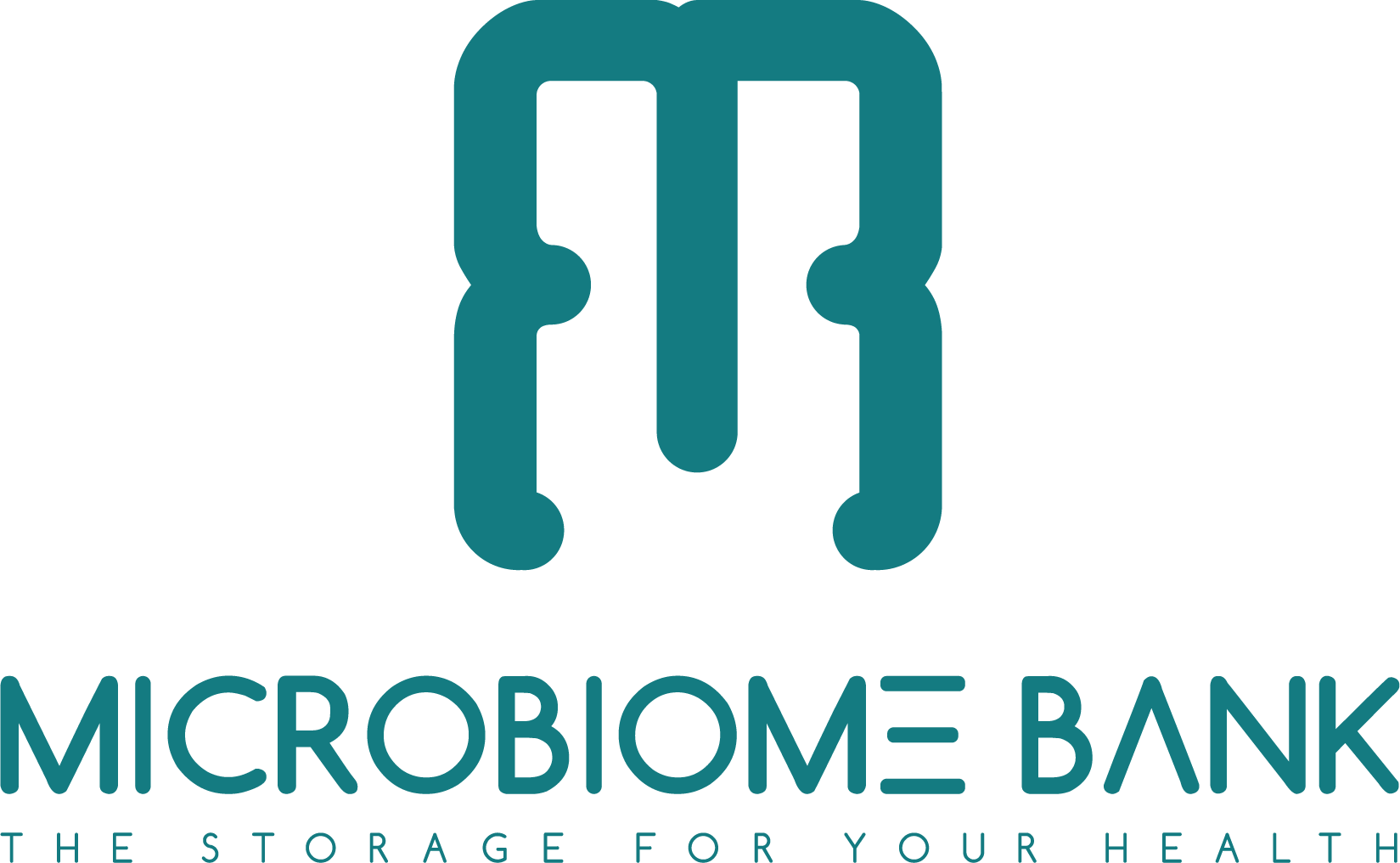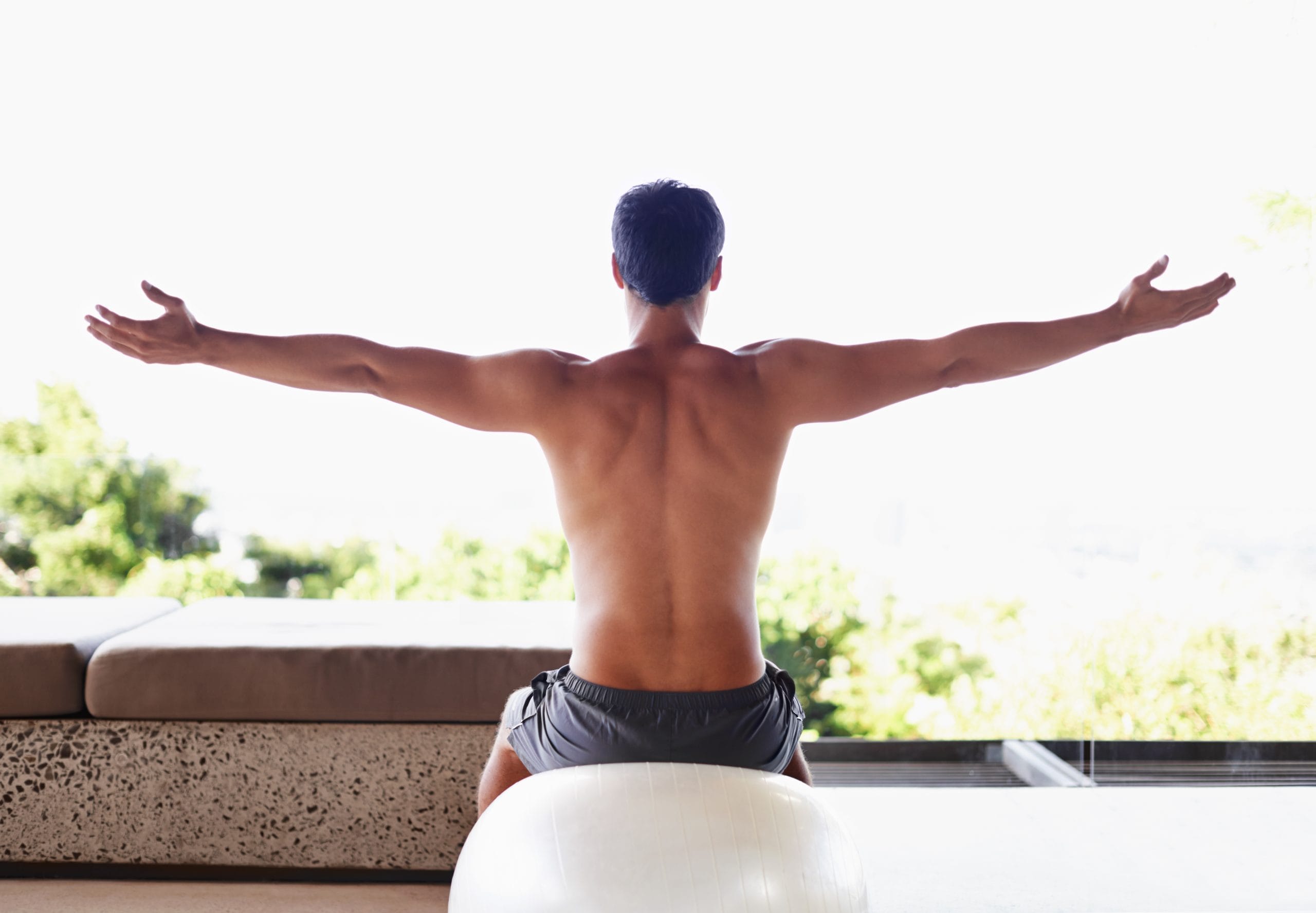Strong Body, Resilient Gut
He had always respected muscle. As a doctor and former thriatlonist, he’d seen firsthand how lean mass predicted everything from blood sugar stability to injury recovery. But now, as he moved closer to his 50th year, he saw it differently. Not just as armor – but as fertile ground for microbial health.
The connection wasn’t obvious at first. People talked about exercise for the heart, the brain, maybe the immune system – but for the microbiota? That was new. Yet study after study began pointing to the same truth: movement reshapes the gut.
Regular physical activity increases the abundance of Faecalibacterium prausnitzii, Akkermansia muciniphila, and other health-promoting microbes. Endurance athletes tend to have higher levels of SCFA-producing bacteria – especially butyrate, which lowers inflammation, enhances gut lining integrity, and even improves cognitive performance.
But it wasn’t just about running long distances. He experimented with a daily combination: morning runs (sunlight + rhythm), short strength sessions (deadlifts, squats, weights), and one longer aerobic effort each week – cycling or running. The result? His digestion grew more stable. His cravings diminished. And perhaps most interesting: his mental clarity surged on days he moved with intention.
Mechanistically, it made sense. Exercise increases gut motility, reduces stress hormones like cortisol, and stimulates the vagus nerve – part of the gut-brain axis. More oxygen, better circulation, happier microbes. Movement wasn’t just therapy for the mind. It was a probiotic in motion.
He stopped thinking of workouts as “burning calories” and started thinking of them as microbial modulation. Sweat became communication. Motion became medicine.
Next week: “The Secret Shield Within” — a deep dive into mucosal immunity, secretory IgA, and the gut’s frontline defense system.


